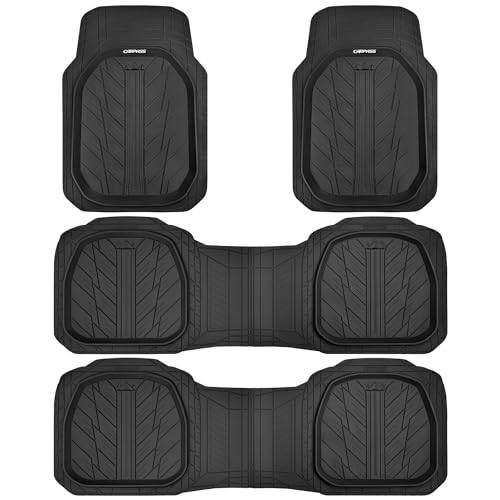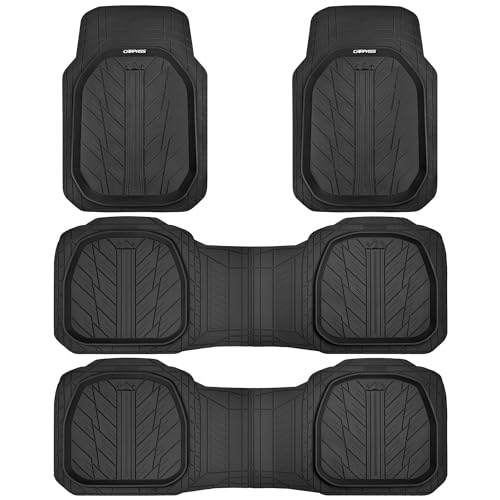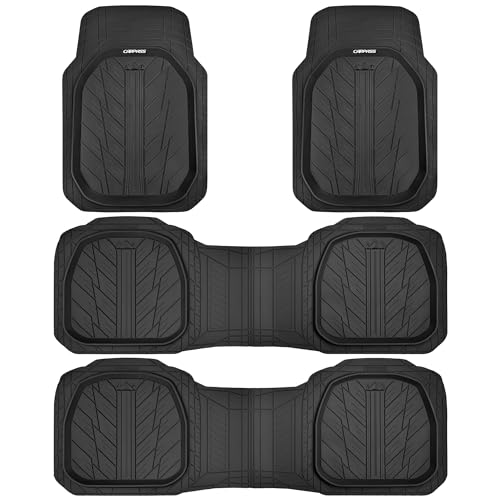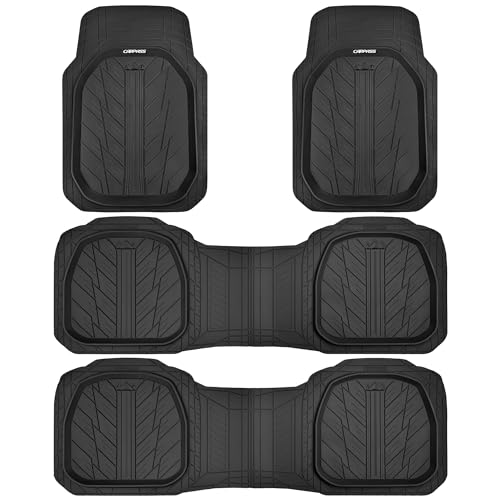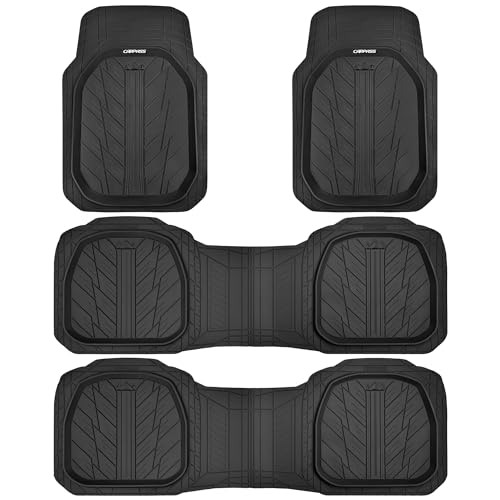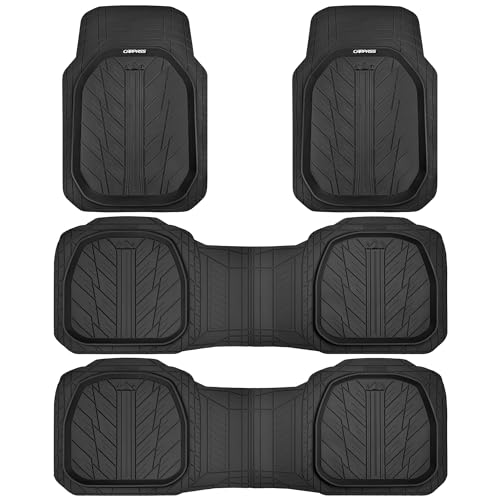Thinking of buying a Mahindra Thar? You’ve likely noticed its price point sits higher than some competitors. Many wonder why the Mahindra Thar commands such a premium. This post will break down the factors contributing to its cost, helping you decide if the Thar’s value aligns with your budget and expectations. We’ll explore everything from its rugged build to its exclusive features, providing you with a comprehensive understanding of its pricing strategy.
Mahindra Thar: A Premium Build
The Mahindra Thar’s high price is significantly driven by its robust and durable construction. This isn’t your average soft-roader; it’s designed to withstand challenging terrains and harsh conditions. We’ll delve into the specific materials and engineering choices that justify the cost.
Robust Chassis and Body
- High-tensile steel: The Thar utilizes high-tensile steel in its chassis and body, providing exceptional strength and rigidity. This material is more expensive than standard steel, but it significantly enhances the vehicle’s off-road capabilities and safety. The added expense contributes directly to the overall price.
- Heavy-duty suspension: The Thar boasts a heavy-duty suspension system, designed to absorb impacts and maintain stability even on the most uneven surfaces. This advanced system, incorporating multiple components, adds significantly to the vehicle’s manufacturing cost and price tag. The engineering and testing alone justify part of the cost.
Advanced Safety Features
- Multiple Airbags: The inclusion of multiple airbags, significantly enhancing passenger safety, increases manufacturing cost and contributes to the higher sticker price. Safety features aren’t cheap, reflecting the higher investment Mahindra has made in this area.
- Electronic Stability Control (ESC): The Thar’s standard electronic stability control is another crucial safety feature, enhancing handling and reducing the risk of accidents. The advanced electronic systems required for this functionality add to the overall manufacturing and R&D costs.
Off-Road Capabilities and Features
The Mahindra Thar’s superior off-road performance is another key reason for its higher price. Its design focuses on conquering challenging terrains, incorporating specialized features not found in many other SUVs. Let’s explore the components contributing to this off-road prowess.
Four-Wheel Drive System
The Thar’s robust four-wheel-drive system is a major component of its off-road capability. This system allows for superior traction and control in difficult conditions, enhancing safety and capability. The engineering and manufacturing costs for such a system are substantially higher than those found in standard two-wheel-drive vehicles.
- High Ground Clearance: Its exceptional ground clearance allows the Thar to navigate obstacles easily. Achieving this requires specific chassis design and suspension components, raising the vehicle’s manufacturing complexity and cost.
- Locking Differentials: The availability of locking differentials (on certain models) further enhances its off-road performance, which is reflected in the higher price. Locking differentials significantly increase traction, making it possible to navigate particularly challenging terrains.
Specialized Tires and Accessories
Mahindra typically equips the Thar with off-road-specific tires, designed to provide maximum grip and durability on uneven surfaces. These tires alone represent an additional cost compared to more standard all-season tires.
- Optional Accessories: The availability of numerous off-road accessories, such as winches, roof racks, and auxiliary lighting, further increase the vehicle’s cost but enhances its appeal to adventurous buyers. The cost of these accessories adds up, influencing the overall purchase price.
Brand Recognition and Market Positioning
The Mahindra Thar benefits from a strong brand reputation for ruggedness and off-road capability. The company’s marketing and positioning also influence its pricing strategy. Let’s examine these factors.
Legacy and Reputation
The Mahindra Thar enjoys a strong legacy and enjoys a cult-like following for its off-road capability and heritage, influencing its pricing. Its long-standing reputation for durability increases its perceived value and demand. This strong brand perception allows Mahindra to command a higher price.
Limited Production and Demand
High demand coupled with limited production often inflates prices. Sometimes, this may lead to longer waiting times, adding to the perception that the vehicle is exclusive and desirable, allowing Mahindra to maintain its pricing strategy.
Manufacturing Costs and Import Duties
The manufacturing process itself plays a significant role in the Mahindra Thar’s cost. It involves specialized techniques and materials, adding to the production expense. Import duties further impact the final price, particularly in regions where the Thar is imported.
Specialized Manufacturing Processes
The manufacturing of the Thar involves specialized processes and techniques, reflecting its robust construction and sophisticated engineering. This increases the manufacturing costs compared to vehicles produced with simpler methods.
Import Tariffs and Taxes
In countries where the Thar is imported, import tariffs and taxes add significantly to the final price the consumer pays. These taxes vary depending on the region and import regulations. This further contributes to the overall cost.
Debunking Myths About Mahindra Thar Pricing
Myth 1: It’s overpriced compared to similar SUVs.
While other SUVs might offer similar features, they often lack the Thar’s specific off-road capabilities, robust build, and legendary status. A direct comparison is difficult due to its unique positioning.
Myth 2: The price is artificially inflated.
While market dynamics can influence pricing, the Thar’s price primarily reflects its high manufacturing costs, specialized components, and high demand.
Myth 3: It’s just a basic Jeep copy.
While the Thar’s boxy design might draw comparisons to classic Jeeps, its engineering, features, and modern technology are distinct and uniquely Mahindra. This is not a simple copy, but a modern interpretation of a classic style with advanced capabilities.
FAQ
Why is the Mahindra Thar more expensive than a Maruti Suzuki Gypsy?
The Mahindra Thar offers significantly more advanced features, safety systems, and a refined driving experience compared to the older Maruti Suzuki Gypsy. It’s a modern vehicle built with better materials and technology.
Is the Mahindra Thar worth the price?
Whether the Thar is “worth it” depends entirely on individual needs and preferences. If you prioritize rugged off-road capabilities, durability, and a distinctive design, the higher price might be justified. However, if you’re simply looking for a comfortable daily driver, other vehicles might better suit your needs.
What are the maintenance costs of a Mahindra Thar?
Maintenance costs for the Thar may be higher than for more common vehicles due to its specialized components. However, this reflects the vehicle’s robust construction and ability to withstand demanding conditions.
How does the fuel efficiency of the Mahindra Thar compare to its competitors?
Fuel efficiency varies depending on the model and engine. While it might not be the most fuel-efficient SUV, its off-road capabilities justify the potential trade-off for many buyers.
Are there any cheaper alternatives to the Mahindra Thar?
Yes, several alternatives offer similar features at lower price points, depending on priorities. However, these alternatives often lack the Thar’s legendary off-road ability and robust construction.
Final Thoughts
The Mahindra Thar’s higher price point reflects a combination of factors, including its robust build quality, advanced off-road capabilities, and strong brand reputation. Understanding these elements allows potential buyers to assess whether the Thar’s value aligns with their priorities and budget. Before making your purchase decision, carefully weigh the factors discussed here and consider whether its exceptional capabilities justify the premium cost compared to other SUVs on the market.

